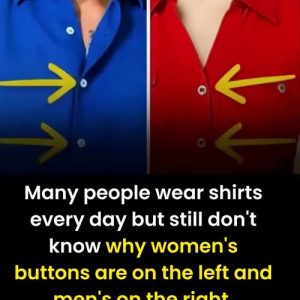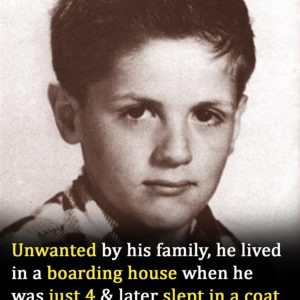Paragraph 1
The narrator, now forty-six, recalls the night her life shattered at 9:47 p.m. when officers appeared in the rain to tell her that a drunk driver had killed her husband Mark and their two children, sixteen-year-old Josh and fourteen-year-old Emily. Before that moment, life had been filled with the warm, ordinary noise of family: Mark’s goofy mishaps, Josh’s sweet nature hidden behind teenage aloofness, and Emily’s constant reading and sibling arguments. Their kitchen table, covered in coffee rings and crayon marks, was a scrapbook of their everyday joy. The night of the crash, the family had simply gone out to pick up pizza. She remembered hearing distant sirens, assuming someone else’s night was falling apart. But when she opened the door to the officers, she learned it was her own life collapsing. The funeral with three closed caskets left her numb, and afterward she drifted through her home like a ghost, avoiding her children’s rooms and sinking deeper into silence. Sympathy cards went unopened, calls unanswered, and grief settled over everything like thick fog.
Paragraph 2
One October nearly a year later, suffocating in the quiet of the house, she boarded a bus just to escape. At a downtown stop, she noticed a flyer advertising a Halloween costume drive for children who had never had the chance to dress up. Something in her grief-hardened shell cracked. She climbed to her attic and opened the long-avoided plastic bin filled with remnants of her children’s childhoods: Emily’s crooked-antenna bumblebee costume, Josh’s flimsy firefighter gear, and the princess dress that had been hemmed repeatedly as Emily grew. Holding these items stirred old scents and distant memories she had tried not to feel. She decided the costumes should live again on other children, not stay entombed in storage. So she gathered them for donation, posted online, asked neighbors for contributions, and even bought new wings she knew Emily would have loved. By week’s end her car was bursting with costumes, and when she delivered them to a shelter, the coordinator, Sarah, invited her to a Halloween party for the kids. Though she wanted to decline, believing joy was no longer meant for her, she said yes.
Paragraph 3
The shelter’s community room was full of cheerful chaos: decorations, music, candy, and kids showing off their costumes. For the first time since the accident, she felt a fragile warmth flicker beneath her grief, like a pilot light sparking to life. As she prepared to leave, a small girl approached her—a little one wearing Emily’s old bumblebee costume, complete with the bent wing and bobbing antennae. The girl, no more than six, studied her with somber eyes and shared that her mother had left her long ago. Then, in a voice soft but heavy with longing, she asked if the narrator could maybe be her mom. The question stunned her; grief stopped her breath, but something tender broke open too. When asked if she’d be too old to be a mother again, the girl studied her solemnly and said she was “just right,” introducing herself as Mia before skipping away. That night, the narrator lay awake wrestling with fear—afraid of loving again, afraid of failing again—but also afraid of rejecting the single spark of connection that had found her.
Paragraph 4
By morning, she knew her answer. She returned to the shelter and asked about adopting Mia. Sarah revealed that Mia hadn’t stopped talking about her and that the girl’s biological mother had surrendered parental rights years earlier. What followed were the detailed steps of the adoption process: home studies, background checks, and interviews that forced her to speak about her grief with honesty. A social worker asked if she could provide consistency for a child, and to her own surprise, she answered with certainty. Six weeks later, she was officially approved. When she returned to the shelter, Mia recognized her instantly and ran into her arms. They both cried and laughed as Mia asked if she was really going to be her mom, and the narrator joyfully said yes. Mia promised to behave and eat vegetables, but the narrator told her that love wasn’t earned through perfection. When the little girl whispered that she already loved her, the narrator believed her completely.
Paragraph 5
Two years have passed, and Mia is now eight, full of energy, dreams, and bumblebee drawings. She declares that she wants to be a “bee doctor” someday—someone who helps bees make honey so people can be happy. Their home is loud again with her singing off-key in the shower, her arguments about ketchup being a vegetable, and the glitter she leaves everywhere. The house feels alive, not the same as before, but quietly reborn. Grief remains, but it no longer dominates; it shares space with newfound love. The narrator still feels the ache of her lost family—she touches the old coffee rings on the table and can vividly picture her husband and children in their familiar places. But Mia’s small hand in hers, her wild imagination, and her nighttime need for comfort anchor her to the present. What she once thought was the end of her life was truly a long pause, waiting for the moment when hope, dressed in a crooked-winged bumblebee costume, would guide her home again. Mia believes bees find their way by dancing, and whether or not that’s true, the narrator knows that this child danced her way into a broken heart and helped it beat again.





